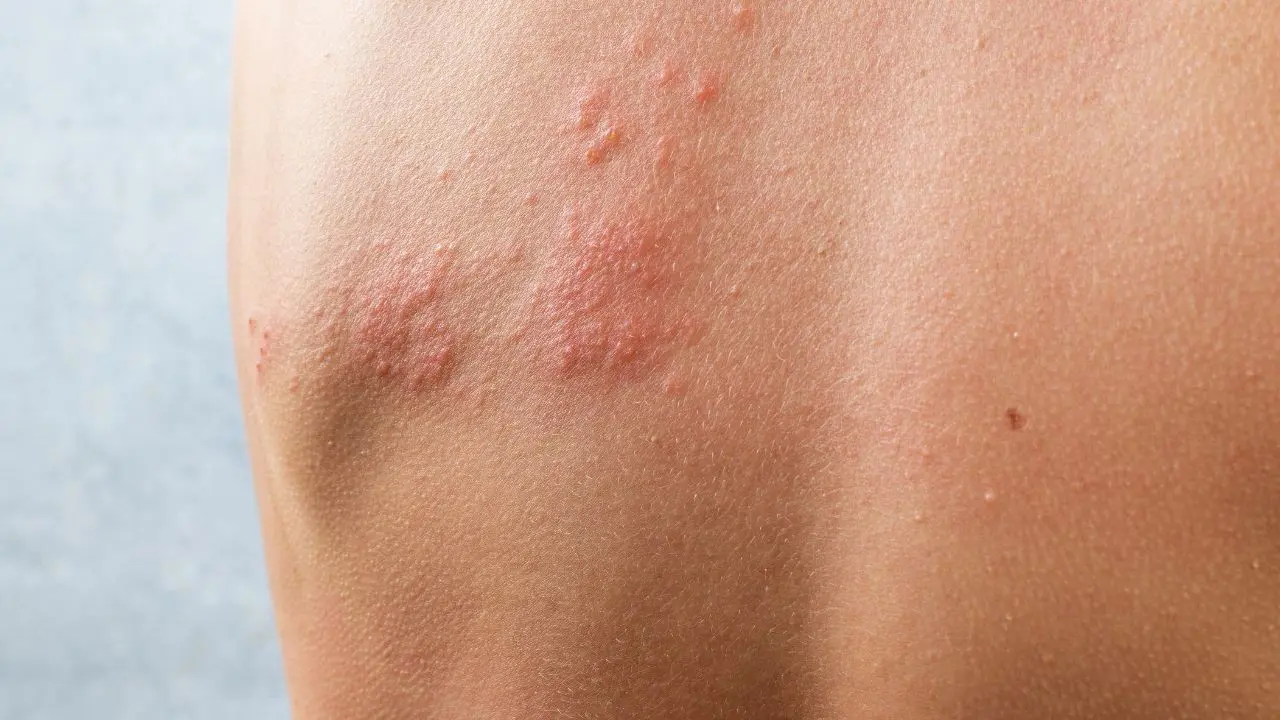
Infections are conditions characterized by the invasion and multiplication of pathogenic microorganisms, such as bacteria, viruses, fungi, or parasites, within the body. These microorganisms can cause illness by disrupting normal bodily functions, damaging tissues, and triggering immune responses. Infections can occur in various parts of the body and may range from mild, self-limiting illnesses to severe, life-threatening diseases.
Here are some key points about infections
Types of Infections
- Bacterial Infections: Caused by bacteria, such as Streptococcus, Staphylococcus, Escherichia coli (E. coli), and Mycobacterium tuberculosis. Examples include urinary tract infections (UTIs), pneumonia, strep throat, and tuberculosis.
- Viral Infections: Caused by viruses, such as influenza virus, human immunodeficiency virus (HIV), herpes simplex virus (HSV), and hepatitis viruses. Examples include the common cold, flu, chickenpox, measles, and COVID-19.
- Fungal Infections: Caused by fungi, such as Candida, Aspergillus, and dermatophytes. Examples include athlete's foot, ringworm, candidiasis (yeast infection), and fungal nail infections.
- Parasitic Infections: Caused by parasites, such as Plasmodium (malaria), Giardia lamblia (giardiasis), and Trypanosoma (sleeping sickness). Examples include malaria, intestinal parasites, and parasitic skin infections.
Transmission
- Infections can spread through various routes, including direct contact (e.g., person-to-person contact, sexual contact), indirect contact (e.g., touching contaminated surfaces), airborne transmission (e.g., respiratory droplets), vector-borne transmission (e.g., through insect bites), and foodborne or waterborne transmission (e.g., consuming contaminated food or water).
Symptoms
- Symptoms of infections vary depending on the type of microorganism involved, the site of infection, and the individual's immune response. Common symptoms may include fever, chills, fatigue, body aches, cough, sore throat, nasal congestion, diarrhea, vomiting, rash, and inflammation at the site of infection.
Diagnosis
- Diagnosis of infections often involves a combination of medical history, physical examination, laboratory tests (e.g., blood tests, cultures, molecular tests), imaging studies (e.g., X-rays, CT scans), and other diagnostic procedures to identify the causative microorganism and determine the most appropriate treatment.
Treatment
- Treatment of infections depends on the type and severity of the infection, as well as the individual's overall health and medical history. It may involve antimicrobial medications (e.g., antibiotics, antivirals, antifungals, antiparasitic drugs), supportive care (e.g., fluids, rest, pain relief), and in some cases, surgery or other interventions to remove infected tissue or drain abscesses.
Prevention
- Preventive measures to reduce the risk of infections include practicing good hygiene (e.g., handwashing, covering coughs and sneezes), getting vaccinated, avoiding close contact with sick individuals, practicing safe sex, preparing and storing food safely, drinking clean water, and following recommendations for travel and exposure to infectious agents.
It's essential to seek prompt medical attention if you suspect you have an infection, especially if you have severe symptoms, a weakened immune system, or underlying medical conditions that may increase your risk of complications. A healthcare professional can provide a proper diagnosis and recommend appropriate treatment to help manage the infection effectively.
